In Centro de Portugal it’s easy to get carried away, it can happen in a number of ways. You may be enchanted by the friendliness of the people, the inventiveness and sheer delight of the food, the enormity of the region’s history and culture, the spectacle of beautiful mountain villages at sunset, the meadows sublime with wildflowers, or the clean, vital air filled with birdsong. For me, it is the wild places which tingle my spine and overflow my senses. The Parque Natural de Tejo Internacional is one such place. In the region’s south-east, and flowing from east to west, the Tagus river forms part of the natural boundary between Spain and Portugal. It is also home to spectacular landscapes, stunning scenery and is a birdwatcher’s paradise.


Parque Natural do Tejo Internacional Nature
Further north along the Portuguese/Spanish border, on the banks of the Erges River – a tributary of the mighty Tagus – there is another place of astounding beauty where nature reigns supreme. In the shadow of the cliff-hugging hilltop town of Segura, a small but openly welcoming interpretive centre introduces visitors to the Natural Park and its rugged natural beauty. In the natural amphitheatre of a river canyon, a sight from the dawn of time welcomes you. The small river opens up to form a large pool of water where the sunlight dances in silver motes on the surface, guarded by high, steep cliffs on either side. Again, vultures hung on the air captivating the senses, and almost beyond belief another lone example of the highly threatened Black Stork stood on a high outcrop surveying his majestic kingdom below.



Parque Natural do Tejo Internacional Birdwatching
Perhaps one of the best ways to explore the park is by taking a boat trip on the river itself, but before you ever set foot aboard your vessel keep your eyes peeled towards the sky above. Within minutes of arriving inside the park’s perimeter, close to the delightful town of Malpica do Tejo, I was treated to the sight of the milky paleness of a solitary juvenile Bonelli’s eagle (Aquila fasciata) being harried by a pair of hooded crows in the clear morning sky. Mere moments later at the river’s edge, four griffon vultures (Gyps fulvus) and a single Egyptian vulture (Neophron percnopterus) hung on the updrafts wheeling in silent circles. On the ground, our boatman displayed his morning catch of a single giant catfish.
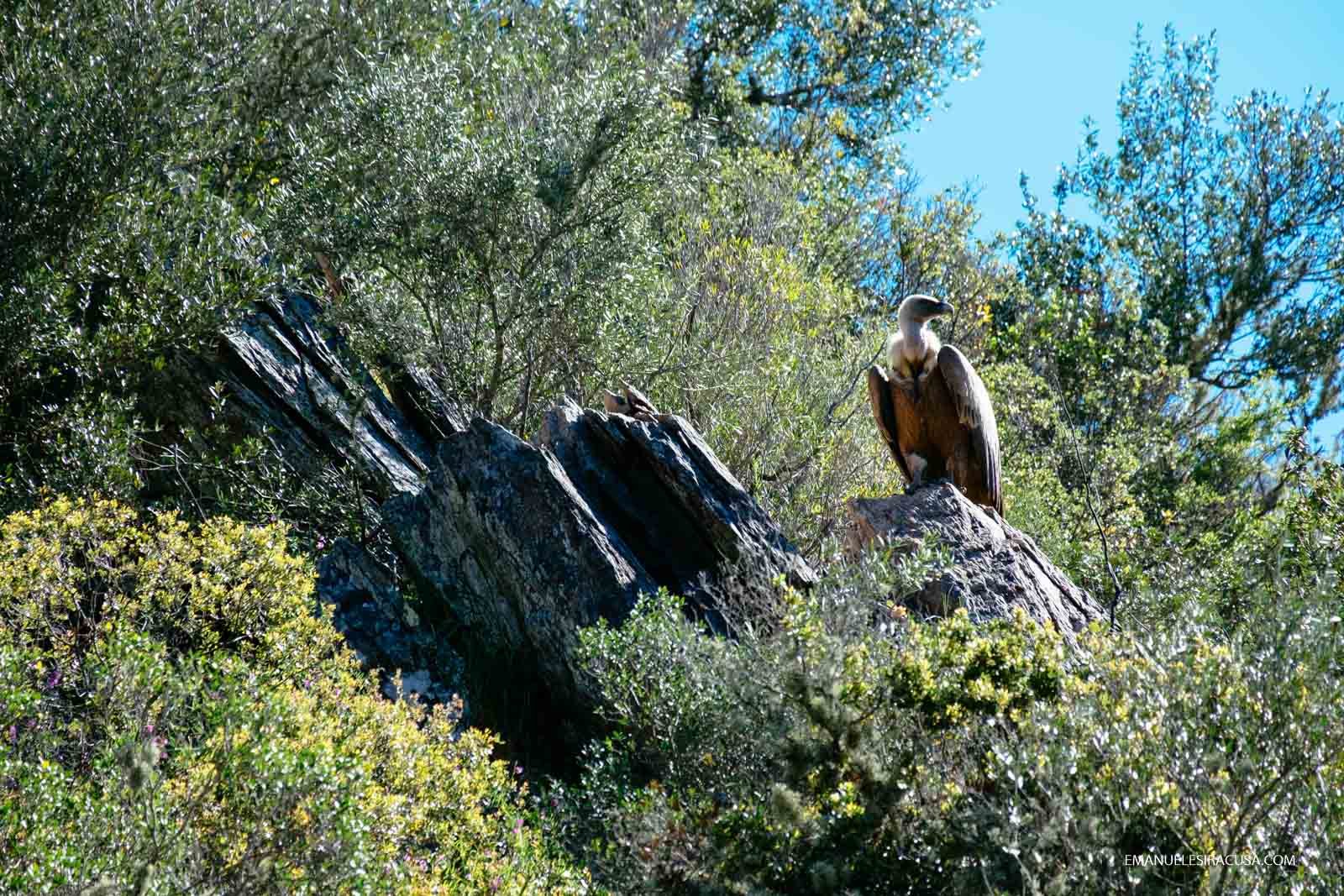
But it is on the water where nature really comes to life. The neon spark of a kingfisher as he races his reflection in the still mirror of the river’s surface. A falcon hovers motionless in the air above a cork oak plantation and a pair of cormorants hug the river’s contours like stealth fighters on a mission. In the craggy rocks by the water’s edge griffon vultures nest and rest, waiting for the air to warm and take them aloft ever higher and higher. Rounding a gentle bend in the river, the guide asked for silence and the boat’s engine was cut.

“On the rocks, over there,” he pointed, “a pair of black storks (Ciconia nigra) are raising their chicks.” At first, these endangered birds were difficult to spot, the guide offered landmarks to direct our gaze. “There, the grey patch on the rocks,” he offered, “just above that you’ll see them”. And he was right; a single, black and white shape, with its unmistakable red legs and beak, stood on a giant nest. Like so many of the region’s treasures, the black storks are protected here, and the silence in the boat as we watched and held our breaths was the reward for this protection.
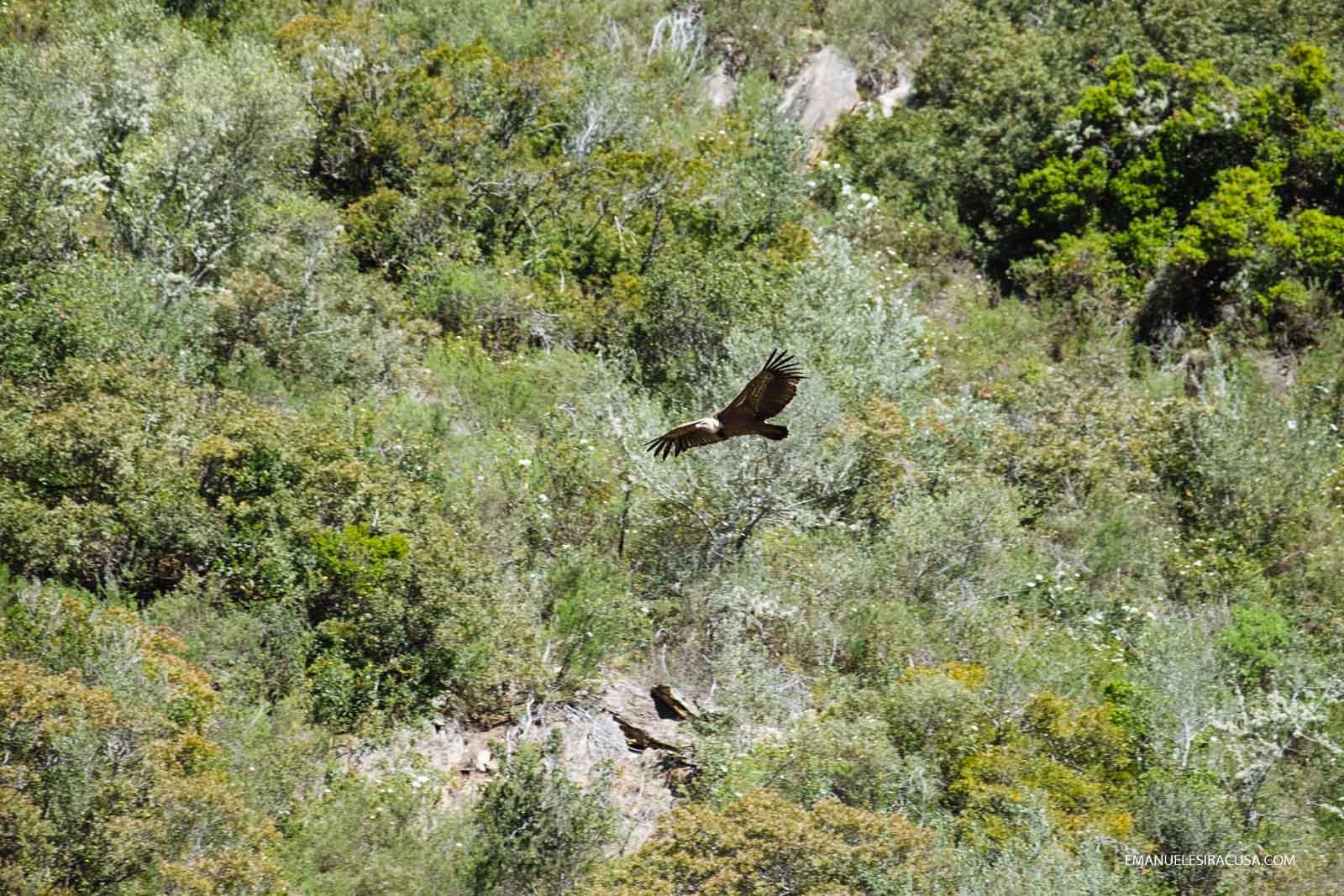
The park really is a birdwatcher’s heaven, but it’s not just the dedicated birder who will thrill at every new sighting; whether it is the diminutive black wheatear (Oenanthe leucura), a solitary Royal eagle (Aquila chrysaetos), or the sight of the forked tail of a hovering red kite (Milvus milvus) each encounter with this gleaming gem of nature is sure to bring delight to one and all.
Vale Feitoso private hunting ground, Termas de Monfortinho, 2016
A Taste for the Wild in Parque Natural do Tejo Internacional
Back to the south of Segura, across rolling landscapes of olive and oak groves, close to the thermal spa resort of Monfortinho, and only metres from the delightful Hotel Fonte Santa, you can once again escape into the wilds. In the Vale Feitoso, a 7,000ha natural park, a wildlife safari taken onboard an open-sided jeep is sure to enthral anyone with of love of nature, wildlife, and breathtaking scenery. Inside a 700ha fenced enclosure, the animals roam wild and free. Despite being a designated hunting area, Rui the guide explains the importance of hunting to the protection of the wildlife and all things natural in the area.

Through these licensed hunts (costing between €1,000 – €1,600 per hunt) the preservation of healthy stocks of the wild animals is ensured. Without these hunts stocks would become weakened, overpopulated and unviable. Here under the expert guidance of Rui and his team of 15 employees, healthy stocks of wildlife are maintained and through constant vigilance and interaction with the animals, any problems with the wild habitat and the ecosystem are spotted immediately. Rui is a passionate man, who dearly loves the wildlife, “it hurts me personally to see any animal die unnecessarily ” he says. We only allow the hunting of the animals which will ensure the survival of the others.”

Driving through the park Rui’s passion becomes evident as the sun sets behind the mountains turning the sky to confetti shades of crimson and pink. He points to herds of deer running for the cover of the hillside forests, mouflon, a type of wild sheep as they skitter on the gravel covered slopes, a solitary fox as it crosses an open patch of meadow, and a family of wild boar at the forest edge. Rui knows this land like the back of his creased hands and cares for it dearly.
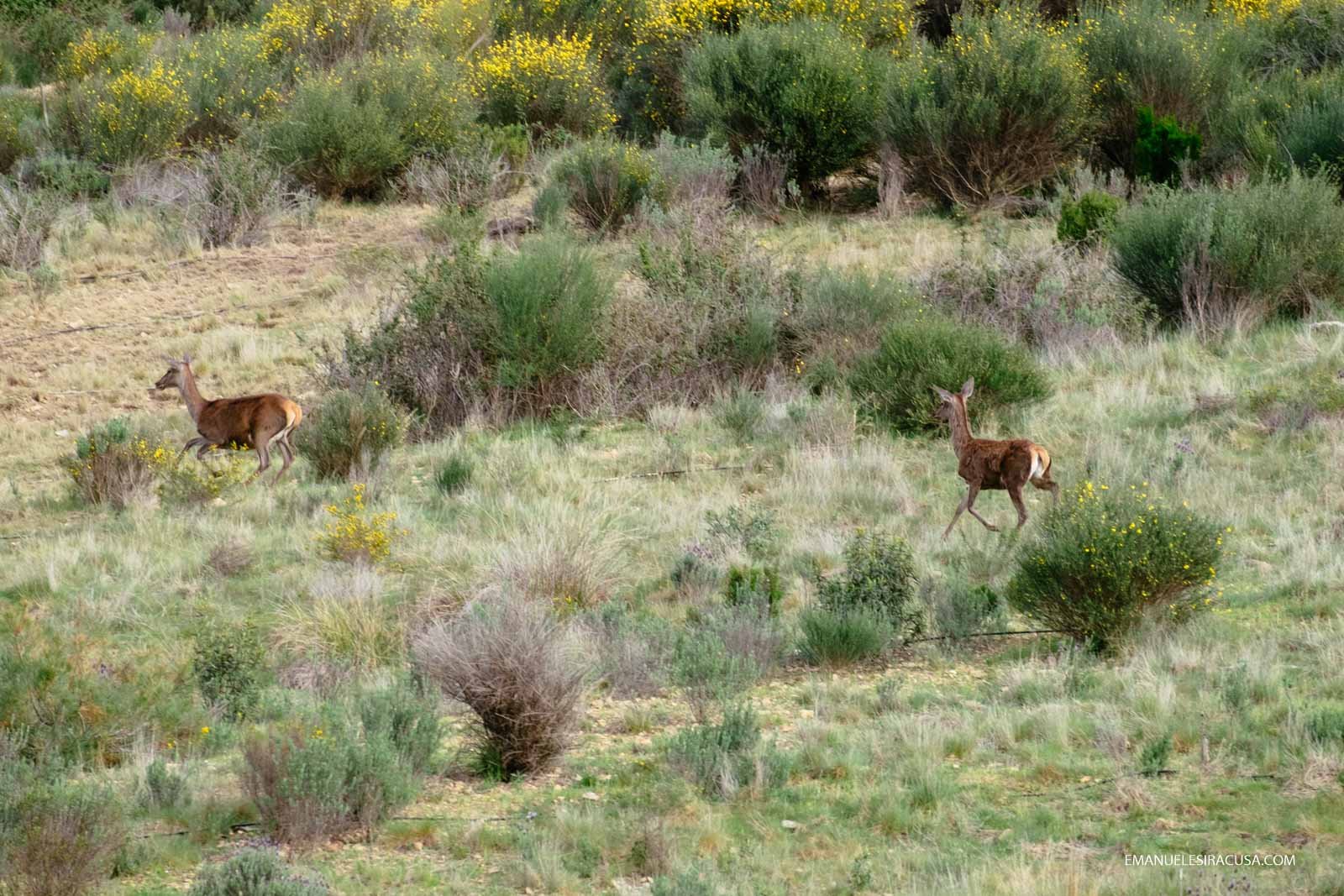
Back at the Hotel Fonte Santa, the chefs take pride in the preparation of the game from the forests, meadows, and mountains which surround the hotel’s manicured lawns and pristine pools. Boar, venison, and partridge are treated with respect and attention to retain their wild flavours using delicious locally-produced ingredients. On the terrace of the restaurant overlooking the green mountain forests, there is incomparably no better place to enjoy the true fruits of the wild.

This Parque Natural do Tejo Internacional post is a part of a series of 9 posts I wrote based on my journey to Beira Baixa in March 2016. Please find the links o the other articles bellow:
Beira Baixa in Centro de Portugal
Belmonte in Centro de Portugal
Portuguese Cherry Daiquiri Recipe
Portuguese Beira Baixa Olive Oil
Disclaimer:
This Parque Natural do Tejo Internacional post was written by my inspiring friend Brendan Harding as part of my ongoing collaboration with the Centro de Portugal Tourism Board. All opinions are my own. Photo credits to my inspiring friend Emanuele Siracusa.
Brendan Harding
My name is Brendan Harding and I was born and raised in Ireland – that small teddy-bear-shaped island which clings to the edge of the European landmass.
3 Comments
Add comment Cancel reply
This site uses Akismet to reduce spam. Learn how your comment data is processed.


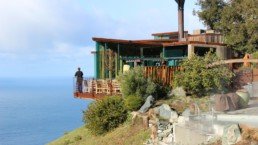

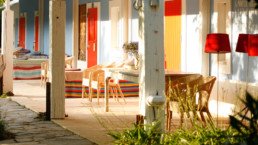

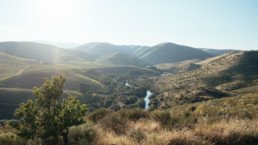

[…] Parque Natural do Tejo Internacional […]
[…] Parque Natural do Tejo Internacional […]
[…] like crowns. A land of vines and cherries, orchards and pasture. It is a land of birdsong and wildflowers. It is also a land of smiling people and tables laden with all the earth, its rivers, and the sea […]